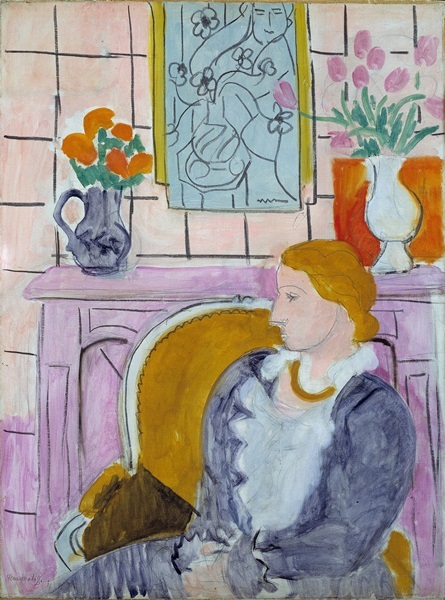
Attorney Christopher Marinello, director and founder of London-based Art Recovery International, compares the need for background research on potential art acquisitions to another essential yet frequently unpleasant experience: “It’s a bit like going to the dentist. Nobody really wants to have to pay for due diligence,” when it comes to confirming clear title on art. However, he rightly points out, “There is a real need for a central database that can identify problems with works of art. Art is big business.”
On January 19, after a year in development, Marinello’s firm is finally launching ArtClaim, a searchable database for lost, stolen, and disputed works of art and cultural heritage. Earlier efforts at creating a central database—the best known in art world circles is the Art Loss Register—were first initiated 20 years ago which “might as well be a century,” according to Marinello, as far as keeping up with technological developments and applications for recovering lost works are concerned.
Further, he says the interest and support he’s received from insurers, auction houses and especially law enforcement in the creation of a better product has been overwhelming. “Listening to what everybody wanted out of this new model was really encouraging,” says Marinello, adding that some of the earliest, most enthusiastic input came from the Italian Carabinieri (the national military police) as well as French police and the FBI. Through advice from these entities, Art Recovery implemented technology from developers including SwarmX and LTU Image Recognition in its database.
Attention to Detail
In an effort to improve accuracy about matching claims for stolen or looted works with those found, each object has over 500 fields of data. The attention to detail “provides greater transparency and less risk to transactions by identifying and recording the widest range of obstructions to clear title,” according to a statement from Art Recovery.
Potential buyers can confirm whether a work they are interested in may have been stolen or looted as well as whether a financial institution or other entity have a security interest in a work that could hinder acquisition or obstruct the clearing of ownership title. Such instances emerged as a major problem in the Salander-O’Reilly Galleries where disgraced dealer Lawrence Salander—who is now serving a prison term for his theft—sold the same work or shares of the same work to multiple parties (see 7-Year Legal Battle Returns Seized Botticelli Painting). In so many cases where a work “gets sold out from under someone, a money judgment from a court may be virtually useless,” says Marinello, particularly when a single work is the subject of multiple claims.
Retrieving Art From a Third or Fourth Party
The Uniform Commercial Code (the UCC) generally protects “good faith buyers.” Thus, previous investors or owners who were swindled out of money or works often find out the hard way that retrieving art from a third or fourth party who bought the work later down the line with no knowledge of the financial maneuvering that preceded it is an uphill climb at best. The new database aims to also report works that may be subject to such liens.
Marinello says a separate service it offers clients is recovery of an object once it has been located. “When you’ve found that Picasso you’ve been looking for all these years, we offer an option to help you recover it.”
Users of the datsbase are offered four services including a search facility, registration of items, instant alerts and collection management. In the month following the launch of ArtClaim, all services will be free to use. Afterwards loss records for uniquely identifiable objects will always be free to register on the ArtClaim database and “competitive fees” will apply to search requests and registrations for works on loan or in storage.